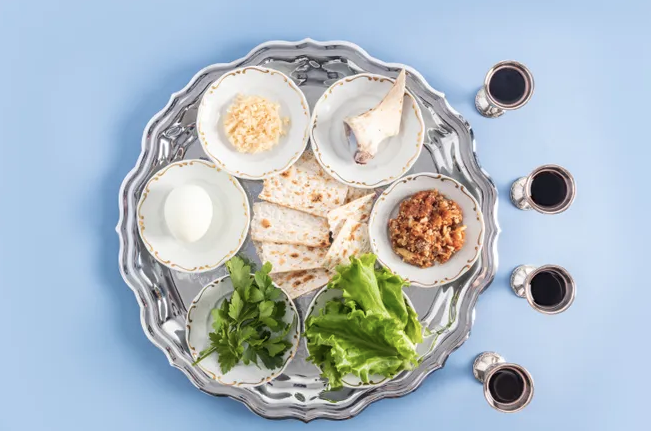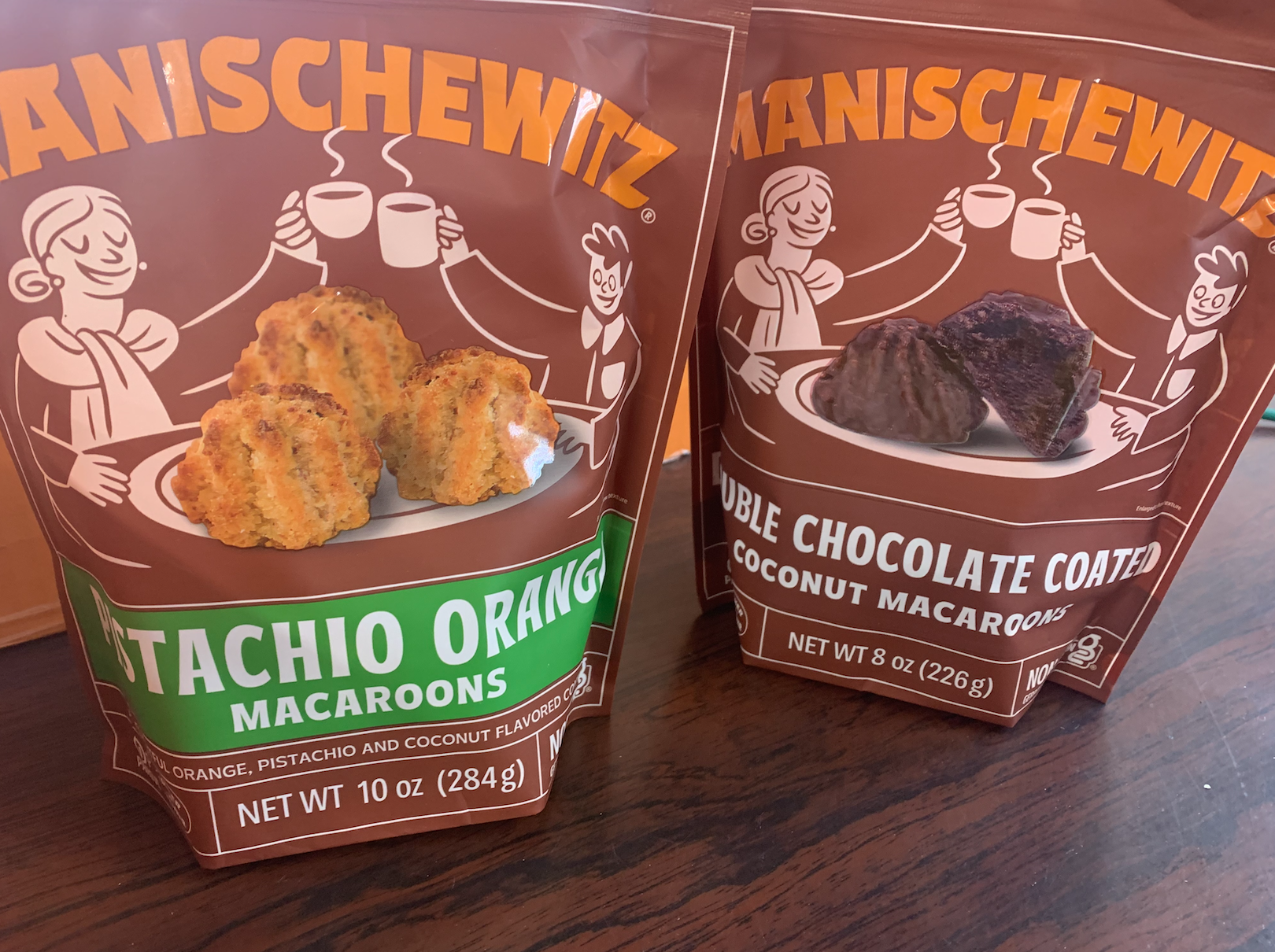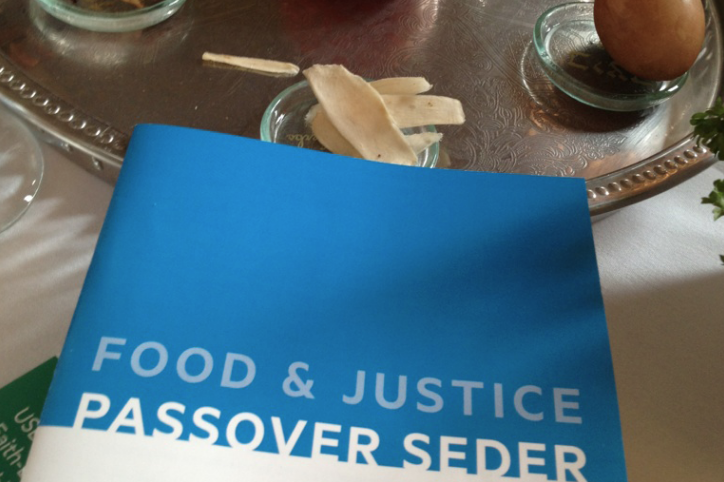(USA Today) — Passover, or Pesach, is a major Jewish holiday during the month of Nisan on the Hebrew calendar. It usually falls on a day in March or April. In 2024, Passover will begin a couple of weeks after it did in 2023.
The week is marked by a ceremony that celebrates the Jewish Festival of Freedom. It starts with a traditional seder meal that is choreographed with a script. It allows those partaking in the holiday to reflect on their rich background while enjoying a few bowls of matzoh ball soup.
Pesach, which is Hebrew for “Passover,” demands that Jewish people become engrossed with their ancient story and revel in both the bitter and the sweet aspects of their history.
But what is Passover? Should you wish a Jewish friend or coworker a happy Passover? Here’s what you need to know.
When is Passover 2024?
This year, Passover begins before sundown on Monday, April 22 and ends after nightfall on April 30 in the United States. Many Jewish communities will hold seders the first two nights of the springtime holiday.
Last year, however, it began at sundown Wednesday, on April 5 and ended at sundown Thursday, April 13.
Passover is sacred and widely celebrated
The holiday is observed with seders among families, friends and communities, as well as other sacred traditions.
Passover “is one of the most widely celebrated of Jewish holidays,” Aaron Kaufman, executive director of Penn State Hillel, explained to USA TODAY. “It commemorates the Israelites’ exodus from Egypt as told in the Bible.”
What is Passover?
Rabbi Benjamin Berger, vice president of Jewish education at Hillel International, said Passover is known as the “festival of freedom.”
“It’s a celebration of not only the freedom of the Jewish people emerging from slavery in Egypt, and a tradition that results that is about remembering, and really putting ourselves in the shoes of those slaves and those who experienced the release from bondage, but also it reminds us of the freedom of all people,” he said.
“Anyone who’s experiencing oppression of some sort, whether it’s external, from other people, or internal, from our own sense of the things that oppress us internally,” he added.
Rabbi Maya Zinkow, senior Jewish educator at UC Berkeley Hillel, told USA TODAY Passover “celebrates the movement from slavery to liberation.”
“So, we commemorate the time when the Jewish people really became a Jewish people. It’s really the story of the birth of our peoplehood,” she said.
Jewish people observing Passover will often gather for a seder, which Kaufman called “the ritual combination of service and dinner.”
Some Jewish families or groups will display a seder plate, the “centerpiece” of seders that hold symbolic foods marking the holiday, Zinkow said. For example, maror, or bitter herbs, represent the bitterness of slavery.
Seders involve moving through a book called a Haggadah, which contains stories, prayers, poetry and other teachings.
One element of seders is the recitation of the “four questions,” which are “about how this night is different than all other nights,” Berger said.
But different families or communities will use different Haggadahs during Passover. Zinkow explained that during Passover “we are really meant to envision ourselves as a part of the story. And the thing that helps us do that is the Haggadah.”
“Every single Haggadah will have the same general order of events. Every single Hagaddah is going to have the same central component, but they each have a different take on the story,” she noted.
“And so if every single Jew is obligated to see themselves as a part of the story, the Haggadah is meant to help us do that, right? So, a feminist Hagaddah can help women see themselves as central to the story. A queer Haggadah can help queer people locate themselves in a story. All kinds of communities, from marginalized communities to people who have maybe no trouble seeing themselves as a part of the story,” she added.
What foods are eaten (or not eaten) during Passover?
Many Jews during Passover do not eat certain leavened foods, known as chametz. Kaufman explained that the dietary changes “reflect the plight of the Israelites as they left Egypt.”
Matzo, an unleavened bread, “is the key and most well-known symbol of Passover,” Berger said.
Kaufman explained that “As the story goes, the Israelites had to leave Egypt so quickly, they didn’t have time to bake their breads.
“They needed provisions for the long journey through the desert. So they had their dough, and they just threw it in their packs, and it baked on their backs in the heat of the sun into this flat cracker-like substance,” he said.
Berger noted that “we call it the bread of affliction in order to commemorate that experience.
“But at the same time, we also call it the bread of freedom because our ability to sit wherever we sit in the homes that we sit in around the table, and actually to eat it in a way that satiates us,” he added. “That is considered one of the greatest luxuries because it means that we’re alive, and we have the ability to eat in freedom.”
What is the afikomen?
The afikomen is also part of many seders.
“At the beginning of the seder, one part of the ritual is there’s three pieces of matzo on the table, and one is broken in half and set aside, and that becomes afikomen. And it is the last thing we eat at the Passover seder meal,” Kaufman said.
In some families, the afikomen is hidden. Sometimes parents hide the piece of matzo, and children search for it. But in other families, children are in charge.





